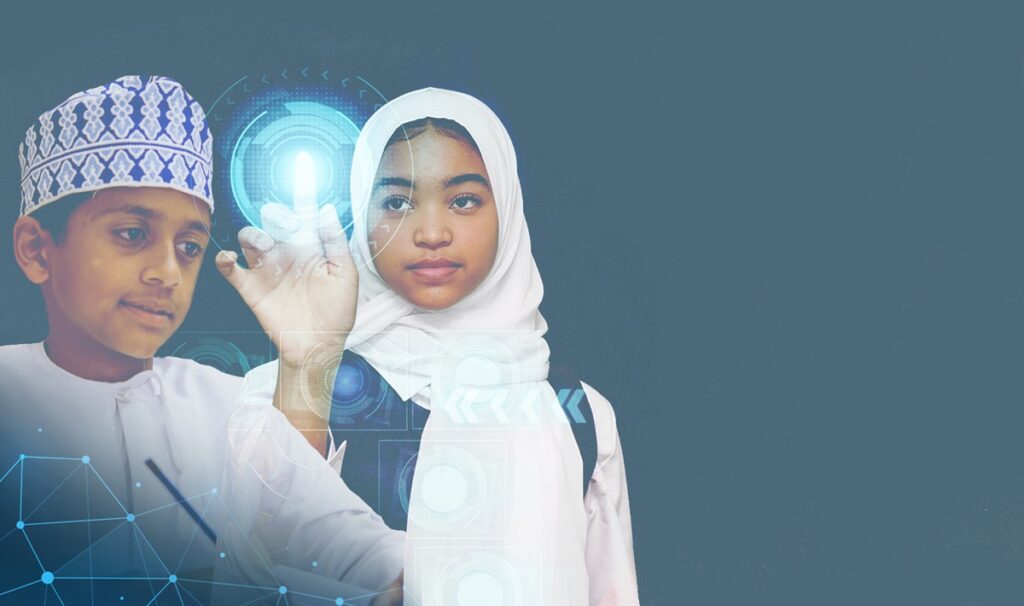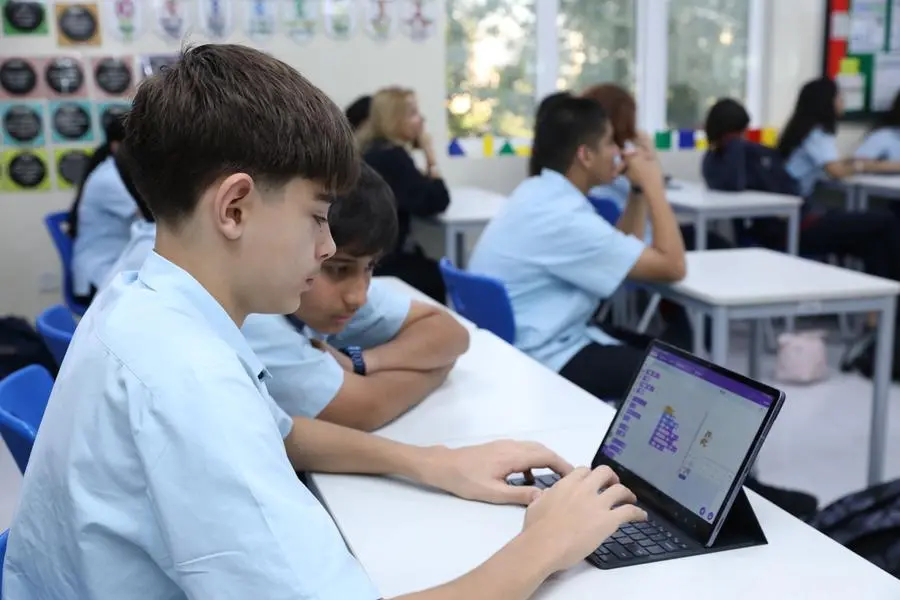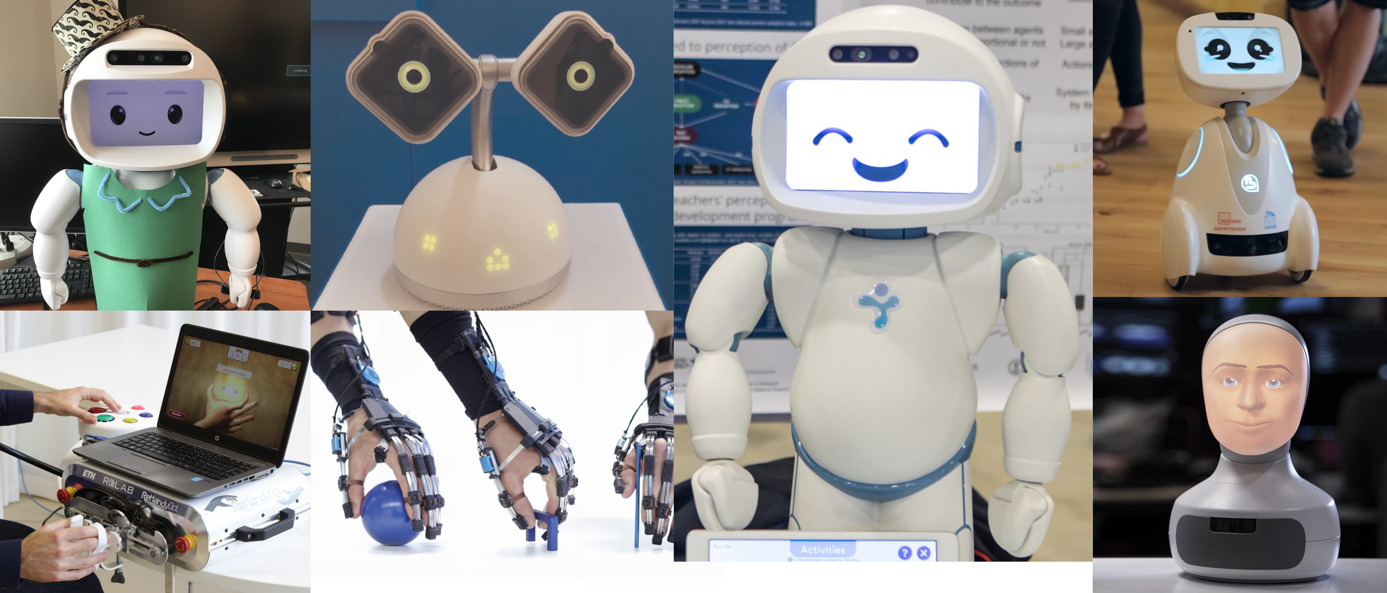In a world where technology evolves at remarkable speed, one young Omani student is proving that innovation is not limited by age or resources. His passion for creating meaningful impact has led to a powerful project designed to advance assistive technology, bringing new hope to people with physical, visual, and cognitive disabilities. This emerging innovation does not simply enhance existing systems; it aims to reshape the way assistive support is delivered, understood, and accessed.
His journey began with a single observation: despite rapid technological progress, many assistive devices remain either expensive, outdated, or not tailored to the real needs of users. Motivated by this gap, he decided to create a solution that truly reflects empathy, practicality, and technological excellence.
A Personal Mission Rooted in Real-Life Experiences
Many great ideas start from personal moments, and this project is no different. The student shared that he had watched several people struggle with everyday tasks that most take for granted. Whether it was difficulty writing, walking, or communicating, he realised that assistive devices often failed to bridge the real challenges these individuals face.
Instead of accepting the limitations, he began asking questions. Why are these devices still so costly? Why are they not widely available? Why do many feel uncomfortable or complicated? These questions became the foundation of his mission: to design an assistive solution that is affordable, adaptable, and user-friendly.
A Multi-Functional Assistive Device Built With Purpose
The Core Idea
The student’s project revolves around developing a multi-functional assistive system that integrates smart sensors, voice support, and easy-to-use mechanisms. His aim is not only to support individuals with specific conditions but to create something flexible enough to fit diverse needs.
Designed for Accessibility
Accessibility was at the heart of every decision he made. From choosing lightweight materials to ensuring that the interface could be understood even by first-time users, nothing was left to chance. He worked closely with mentors, peers, and people with disabilities to understand what truly matters.
One of the major strengths of his design is its simplicity. Many assistive technologies fail because they are difficult to maintain or repair, but this project focuses on reliability and long-term use.
Affordable Yet Smart
Another impressive feature is affordability. The student believes that support should not be reserved only for those who can afford premium products. By using locally available components and innovative engineering techniques, he found a way to dramatically reduce costs without compromising functionality.

Collaboration and Support Behind the Innovation
Guidance from Educators and Technologists
Throughout this journey, the student worked alongside experienced teachers and technical advisors who recognised his potential. Their guidance helped him refine his prototype and test different models, ensuring the final output genuinely met real-world needs.
Community Involvement
He also reached out to local organisations supporting differently-abled individuals. Through interviews, feedback sessions, and observation visits, he gained a deeper understanding of the challenges people face daily. These insights shaped the device’s design, features, and usability.
Family Encouragement
Behind every young achiever is a source of emotional support. His family stood by him throughout the long nights of testing and reworking prototypes. Their encouragement pushed him to keep improving the project even when difficulties appeared.
Impact on the Assistive Technology Landscape
Empowering Independence
The project’s primary goal is to empower individuals to carry out tasks independently. Many who rely on assistive technology often feel limited by what their devices can do. By introducing an adaptable and user-friendly system, this project aims to restore confidence, autonomy, and dignity.
Bridging the Gap Between Technology and Real Needs
Assistive devices often suffer from a disconnect between engineering assumptions and actual user experience. This student’s work directly challenges that gap by placing the user at the center of the design process. His approach could inspire future developers to prioritise human-centred engineering.
Encouraging Young Innovators Across Oman
The project also serves as motivation for other students across the country. It demonstrates that innovation is not restricted to major research labs or professional engineers. With passion, persistence, and the right support, even young minds can contribute to national progress.
A Future Driven by Purpose and Technology
Scaling the Prototype
As the project gains attention, the student aims to scale his prototype to reach a wider audience. He hopes to collaborate with institutions, technology firms, and healthcare organisations to turn the device into a mass-produced product. The dream is to see it used not only in Oman but across the region and eventually around the world.
Integrating Smart Features
He is already planning to integrate new functionalities such as AI-based predictive support, gesture recognition, and mobility-enhancing attachments. These advanced features could help the device adapt to individual needs, making it even more personalised and efficient.
Continued Research and Learning
Knowing that the world of assistive technology is always changing, the student is committed to continuous learning. He plans to pursue higher studies in biomedical engineering or robotics, fields that will allow him to take his innovation even further.

The Human Story Behind the Achievement
A Student Driven by Compassion
What makes this project truly remarkable is that it is not driven by competition or awards. It is driven by compassion. He simply wanted to make life easier for people often overlooked by mainstream technology. This emotional motivation translates into a project that is both technically strong and deeply meaningful.
A Reminder of the Power of Youth
In a time when young people are often burdened by expectations, this story highlights their potential to create change. With the right environment, encouragement, and platforms, students can bring forward ideas that have real impact. This project is proof that age is never a barrier to innovation.
A Legacy in the Making
Though this may be only the beginning of his journey, the student has already set a foundation for a legacy of service and innovation. His work stands as a reminder that technology should always serve humanity, not the other way around.
Conclusion: A Small Step that Could Change Many Lives
The journey of this Omani student is inspiring not only because of the innovation itself, but because of the intention behind it. His assistive technology project represents hope, empathy, and the power of youthful ambition. In a society where the voices of people with disabilities often go unheard, his work shines as a beacon of inclusivity.
As he continues to improve and expand his project, he believes that real success lies not in recognition but in the number of lives it touches. If this device can help even a single person gain independence, confidence, or comfort, then every hour spent building it was worth it.
The story of this young innovator is a reminder that change often begins quietly, with one person who dares to imagine something better. And sometimes, that one person is a student who simply wanted to make the world a little easier for someone else.
Do follow Gulf Magazine on Instagram.
Also Read – Oman: Conference focuses on sustainable innovation



